For a large group of industries such as gaming, banking, retail, commercial, and government etc, AI is extensively used and is slowly creeping into the manufacturing sector, facilitating the industrial Automation. AI-driven machines are laying an easier path to the future by yielding a whole host of benefits, offering new opportunities, enhancing production efficiencies, and bringing machine interaction closer to human interaction. The Fourth Industrial Revolution is knowledge-based work, carried out by automation; by creating new ways to automate tasks, we can rebuild the way people and machines live, interact & collaborate to make a superior digital economy.
AI facilitates to conquer many internal challenges that have been around in the industry: from expertise shortage to complexity in decision making, issues related to integration, and overloaded information. Making use of AI in manufacturing plants enables businesses to completely transform their proceedings. Let\’s have a glance at how AI is helping the manufacturing sector:
Directed Automation:
The utilisation of AI and robots is particularly observed in manufacturing as they revolutionize mass-production. Robots are capable of doing recurring activities, designing the production model, rising competence, building automation solutions, eradicating human error and delivering superior levels of quality assurance.
24×7 Production:
While humans are forced to work in shift patterns to ensure continuous production, robots are capable of working 24/7. Businesses can be witnessed to expand in terms of production capabilities and meet the high demand of customers worldwide.
Safer Operational Environment:
With several errors taking place on the manufacturing plant, a step towards AI means less human resource have to carry out dangerous and overly laborious work. As robots replace humans and perform normal and risky activities, the number of workplace accidents will decrease all across.
Novel Opportunities for Humans:
As AI takes over the manufacturing plant and automates boring and ordinary human tasks, workers will get to focus on complex and innovative tasks. While AI takes care of unskilled labor, humans can focus on driving innovation and routing their business to advanced levels.
Condensed Operating Costs:
Although, bringing AI onto the manufacturing industry would necessitate a huge capital investment, the ROI is significantly high. As intelligent machines start taking care of day-to-day-activities, businesses can enjoy considerably lower operating cost.
Added Benefits of AI
AI and industrial automation have advanced considerably in the recent years. Development in machine learning techniques, advances in sensors and therefore, the growth of computing power has helped produce a brand new generation of robots. AI helps allows machines to gather and extract data, acknowledge patterns, learn and adapt to new things or environments through machine intelligence, learning and speech recognition. Using AI, manufacturers will be able to:
- Create rapid, data determined decisions
- Facilitate enhanced production outcomes
- Advance process effectiveness
- Minimize operational costs
- Facilitate superior scalability
- Facilitate product development
Moreover, AI is quite good at understanding the natural language and translating it, this will turn out to be simpler for workers and managers to communicate with software. For example, software users often have a preference to look for things rather than navigate a complex menu. AI makes the software comprehend the user\’s intentions, which make the system more spontaneous, which leads to superior output and fewer errors.
The Trends of Manufacturing Industry with Emerging AI:
AI will impact manufacturing in ways we have not yet anticipated. Nonetheless, we can already look at some more noticeable examples.
The continued enhancement in computer visualization has long been used for quality assurance by detecting product defects in real time. But now that manufacturing involves more information than ever integrated with the fact that plant managers do not want to pay employees to enter information-AI with computer vision can rationalize how information gets apprehended. A factory worker should be able to acquire raw materials reserve from the shelf and have the stock transaction created automatically based on a camera observing the process. This will be the natural user interface, just carrying out the task at hand not inputting or scanning things into a system.
Secondly, AI will impact is with the Internet of Things (IoT). IoT will give a way to deliver supplies and services to customers who might not comprehend that they are required. Additionally, IoT can send in-depth telemetry back to producers and distributors to scrutinize quality and factors that might drive failures. In brief, IoT is an inward tsunami of information that AI can utilize to reason over and evolve. This will facilitate augmented generative design processes where products are re-imagined in ways more similar to evolution.
Final Thoughts:
AI\’s proponents claim that the technology is only an evolutionary form of automation, a predictable result of the Fourth Industrial Revolution. AI may be efficient at creating things, improving them, and making them cheaper. But there is no replacement for human ingenuity in dealing with the unanticipated changes in tastes and demands-or in deciding whether to make things at all.









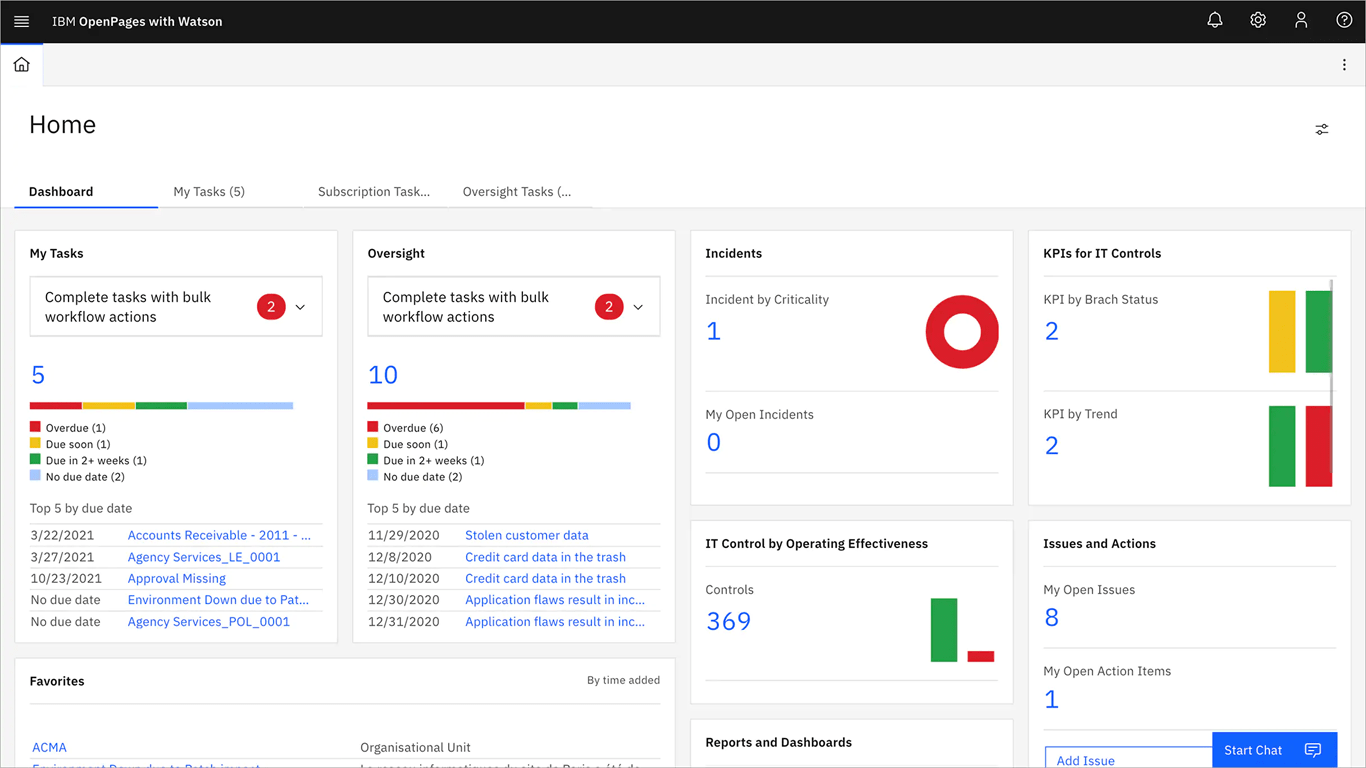



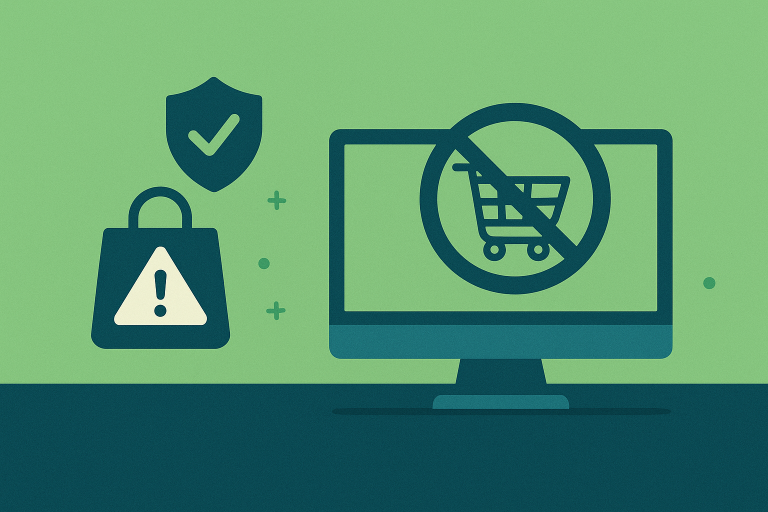




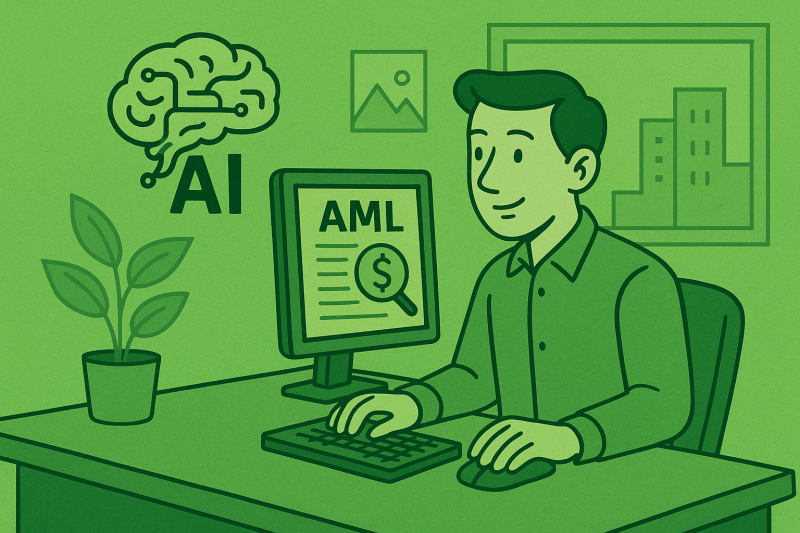


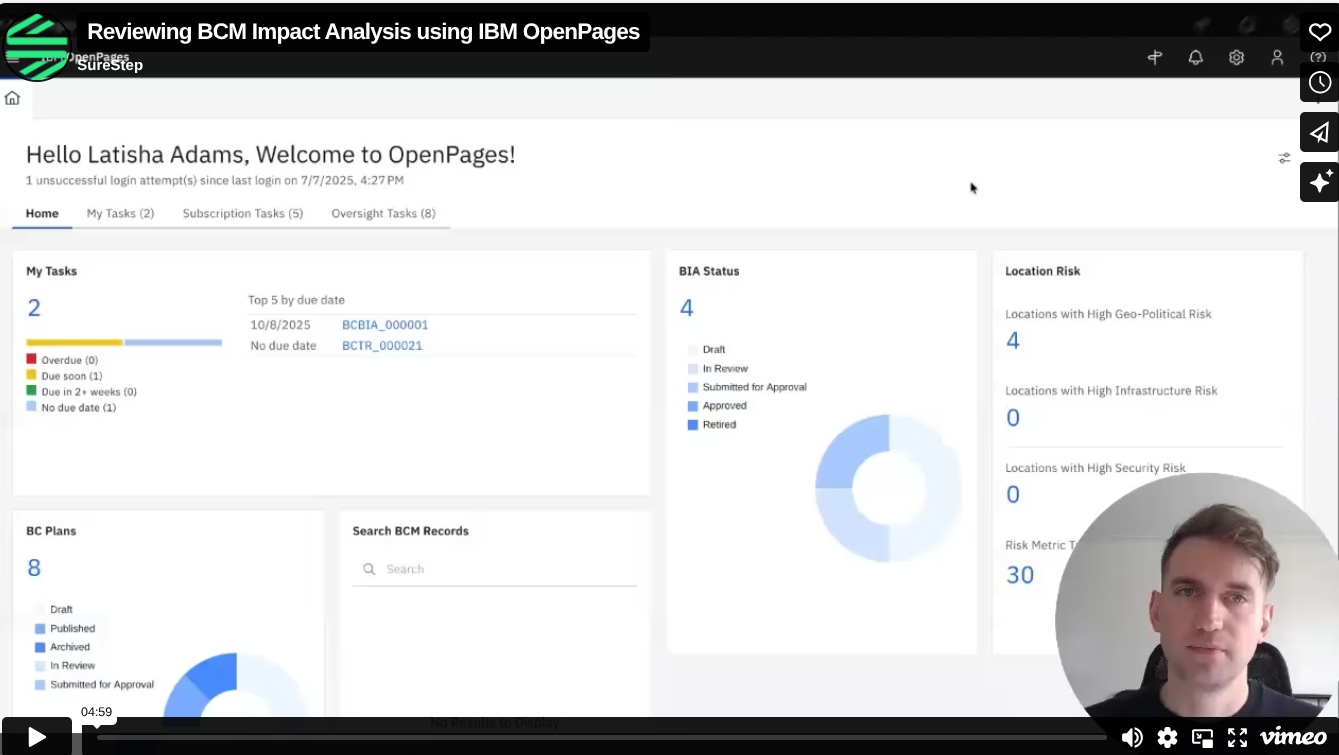






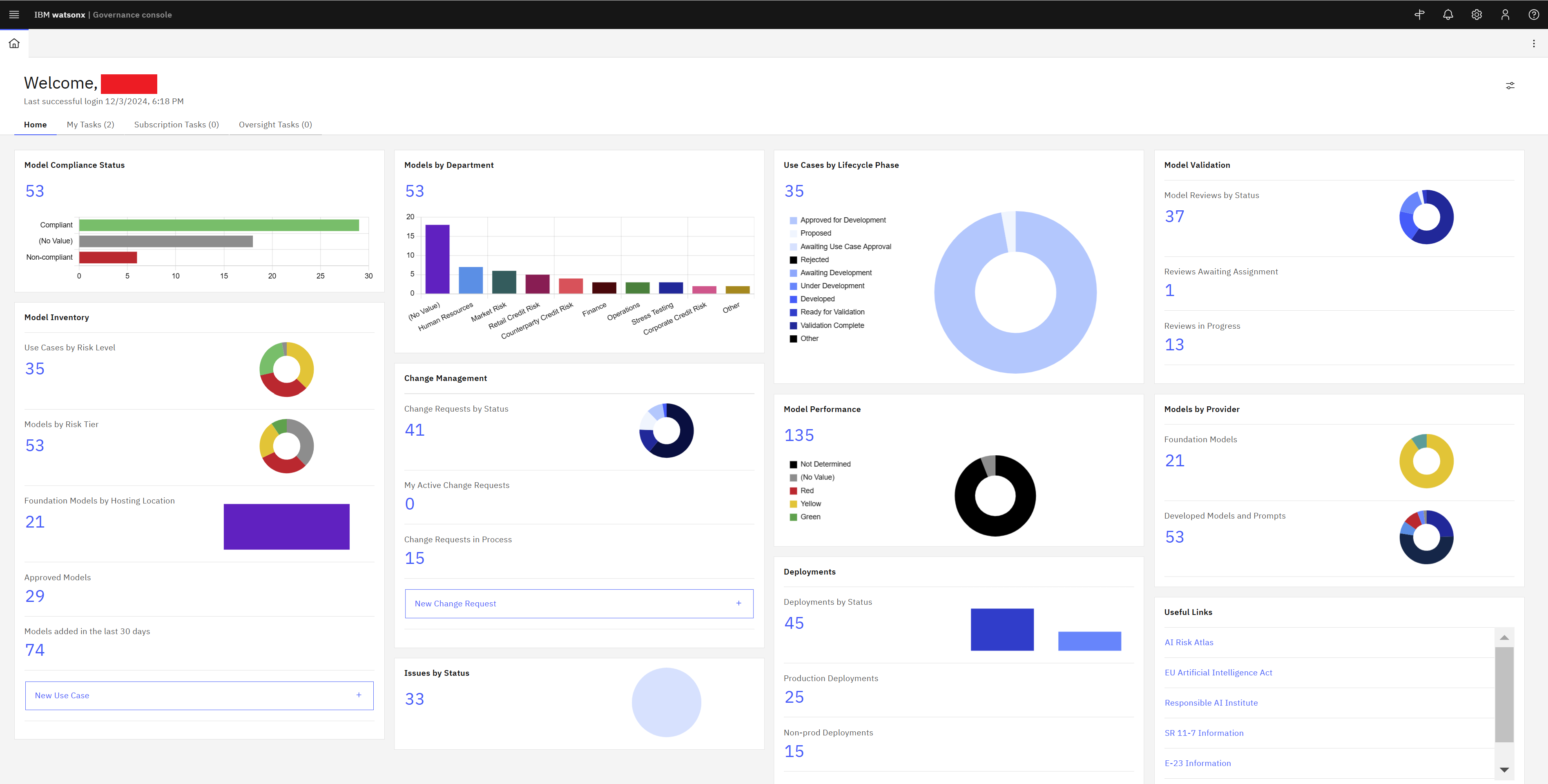

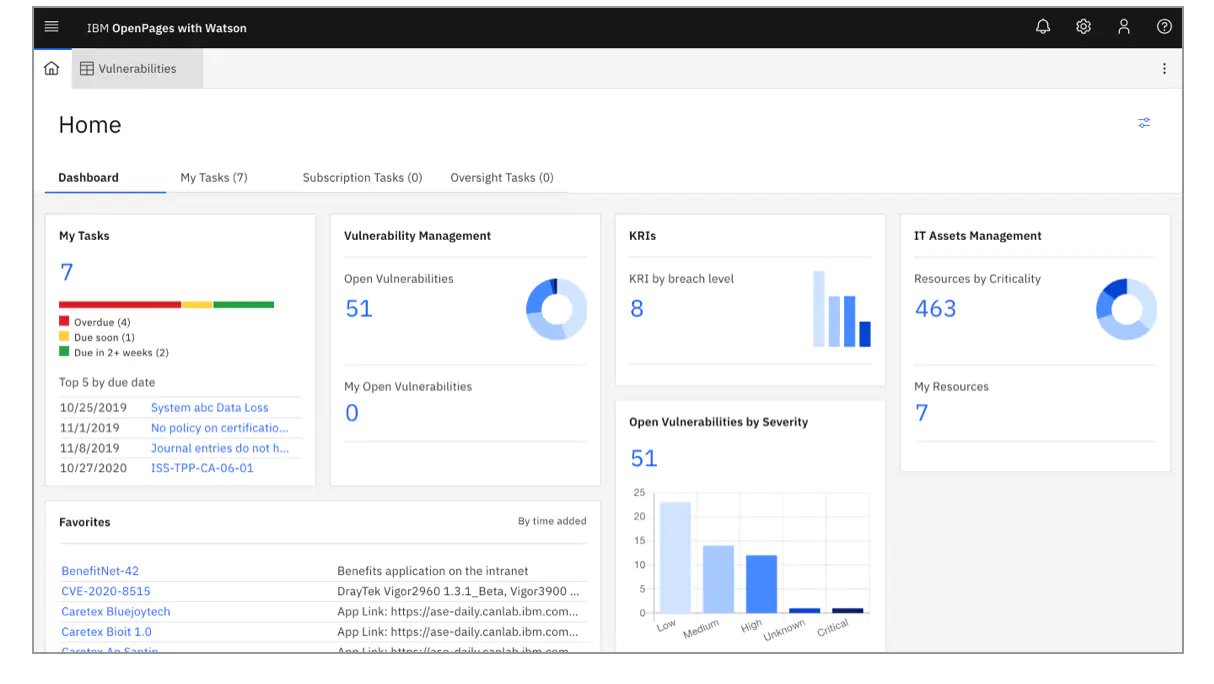
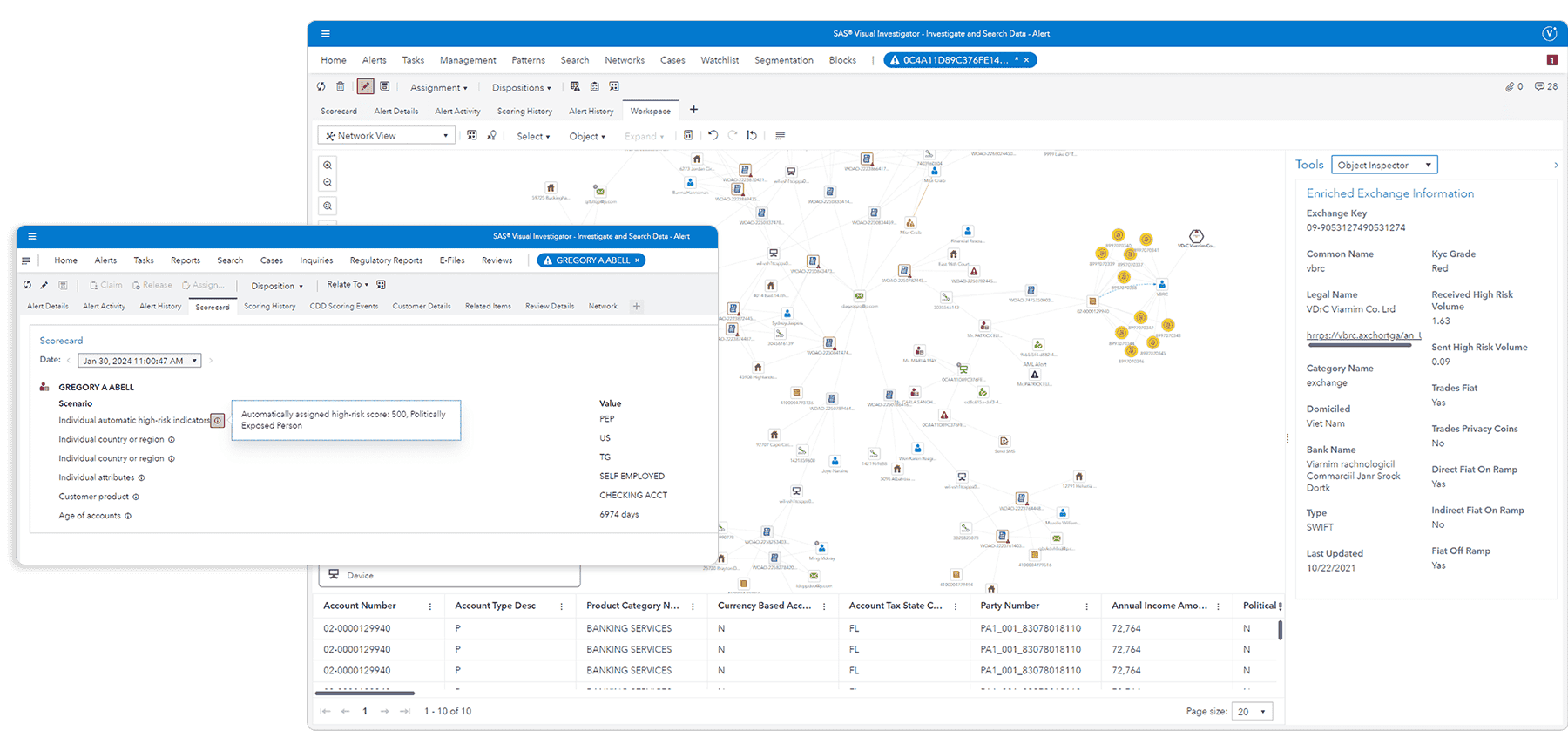


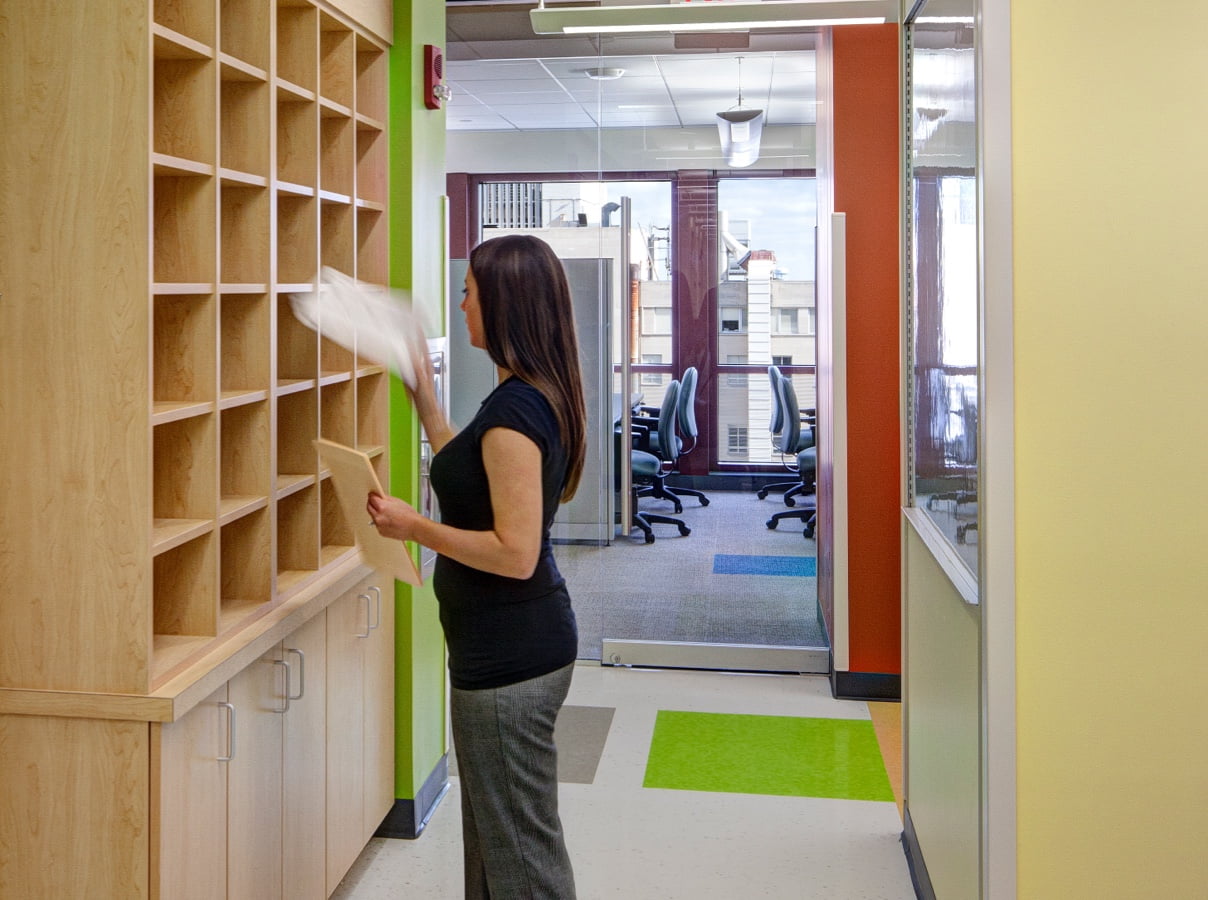


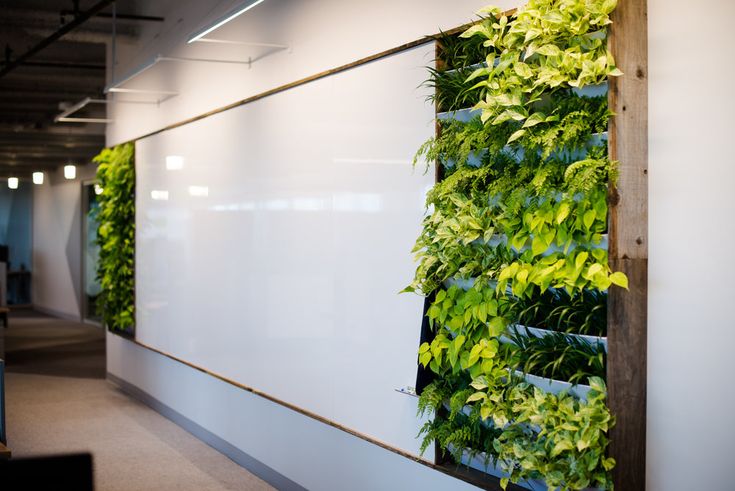

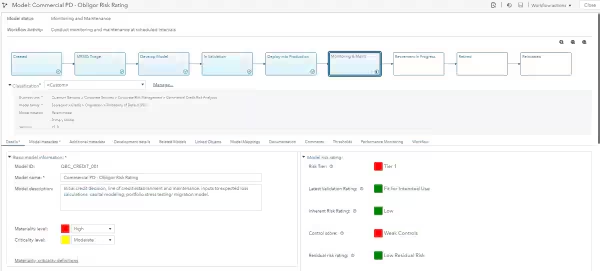


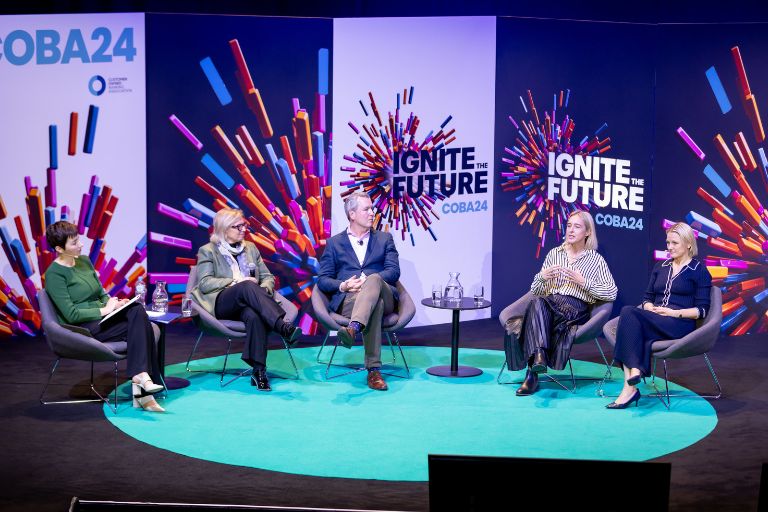






.webp)

-1.jpg)










.jpg)


























.jpeg)







